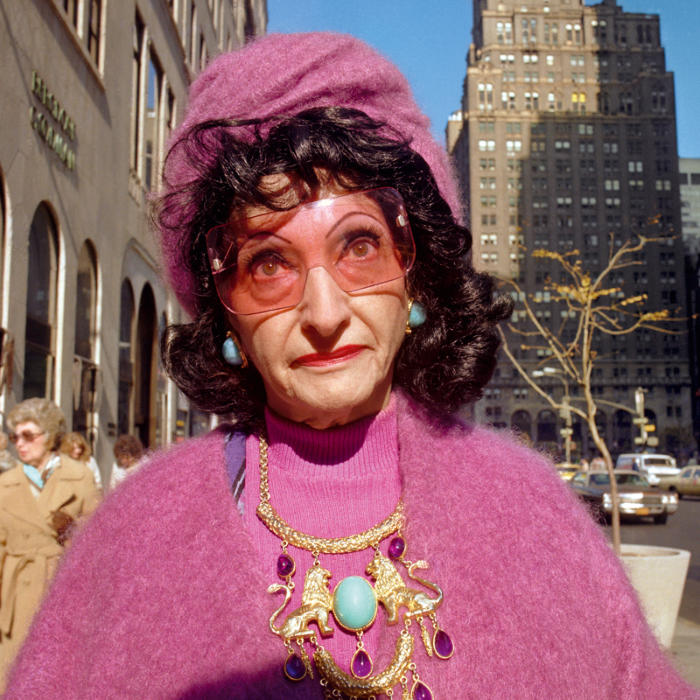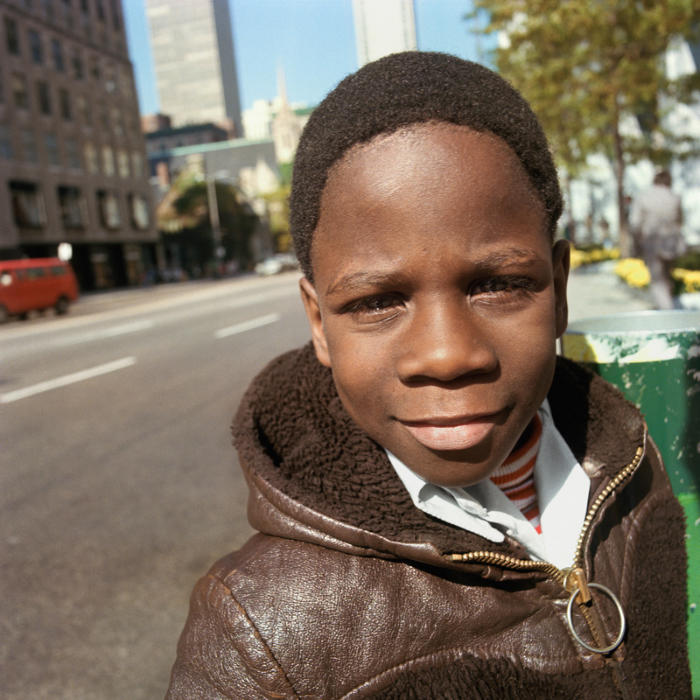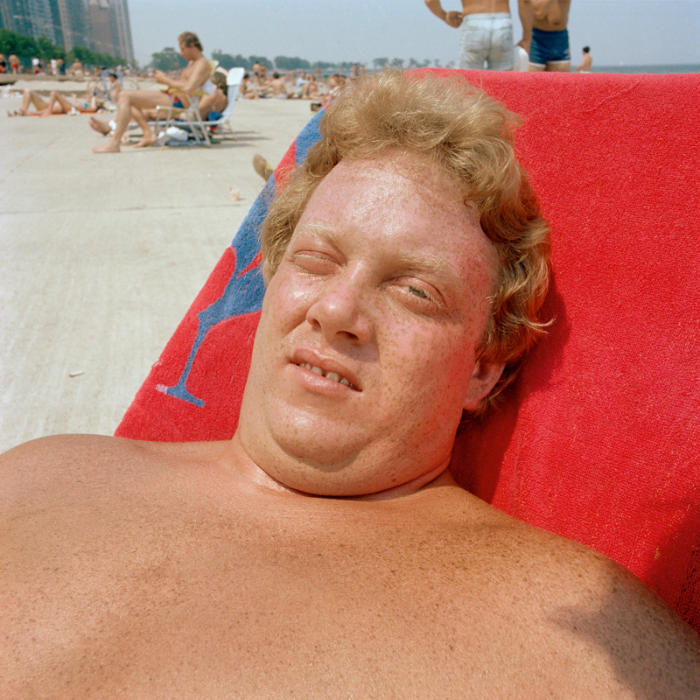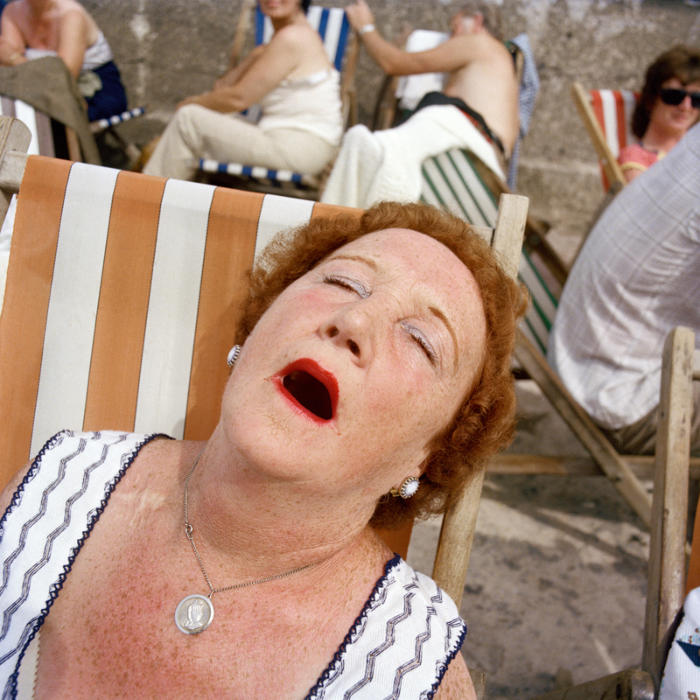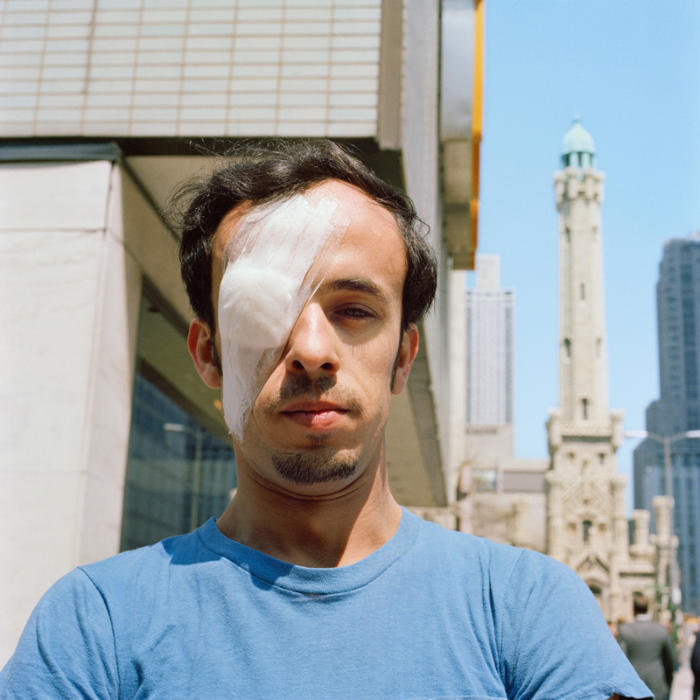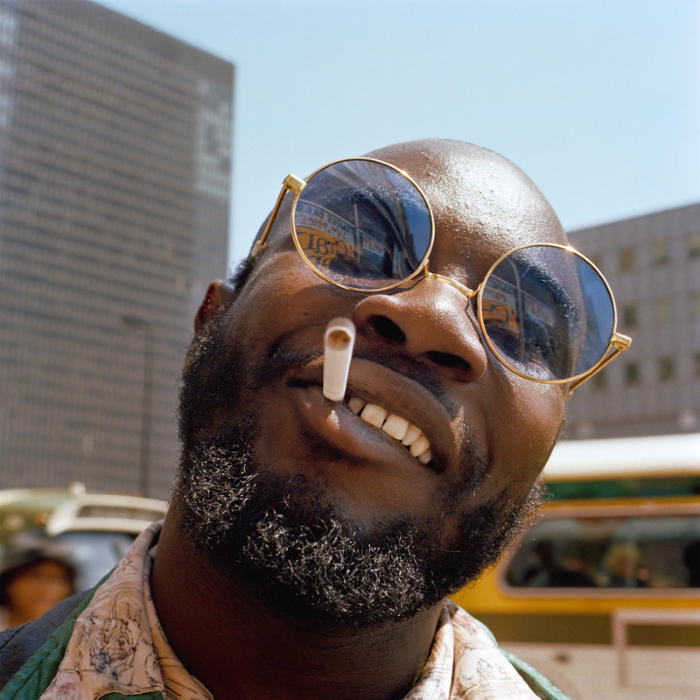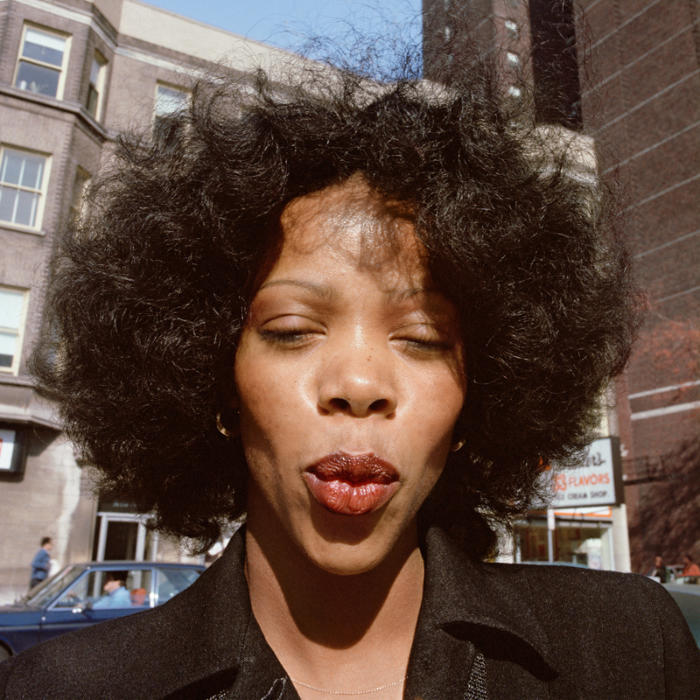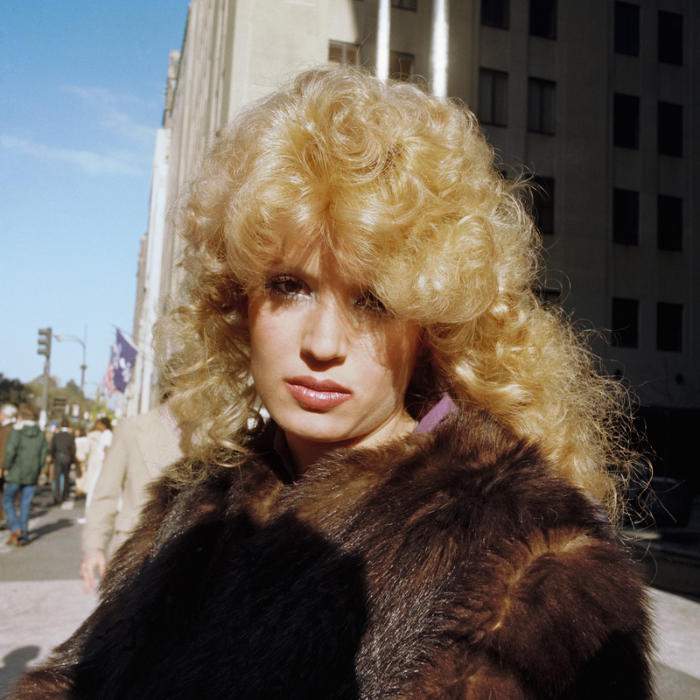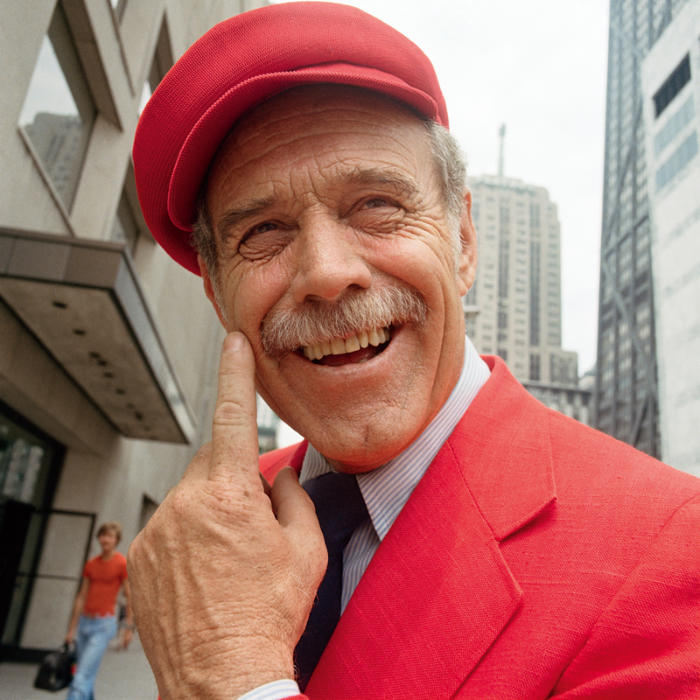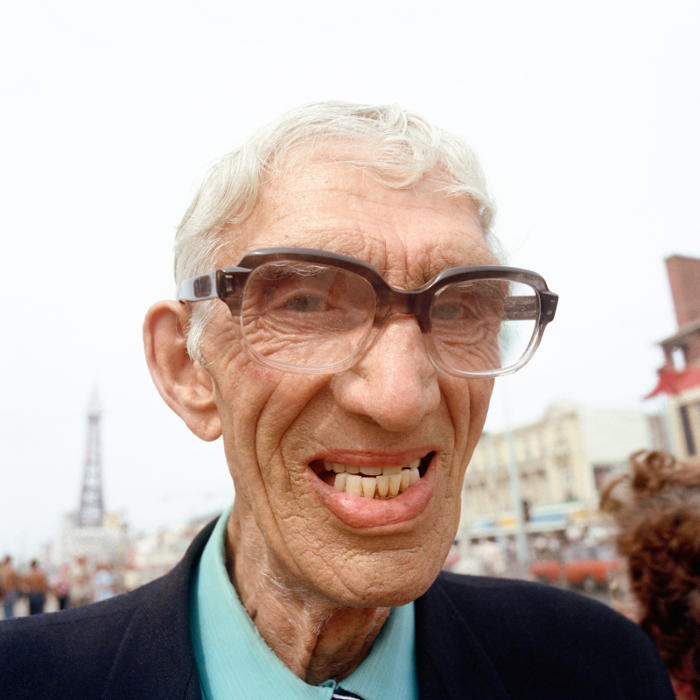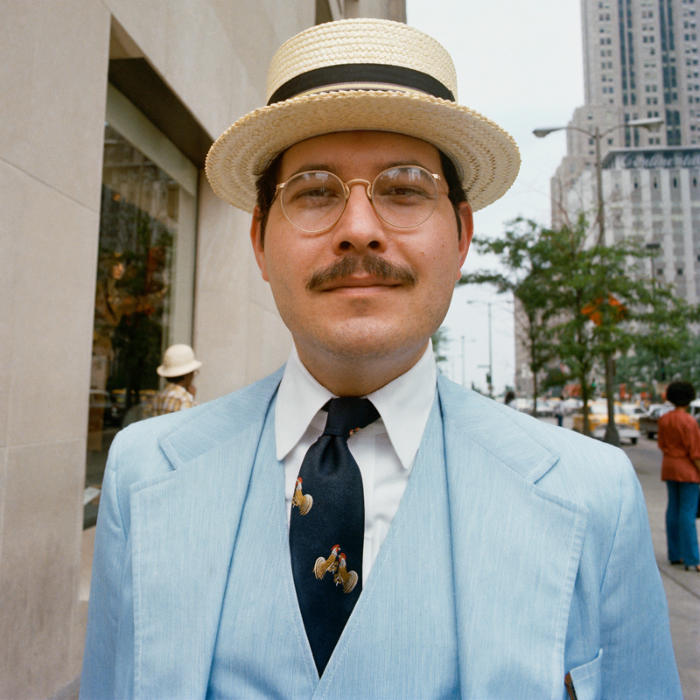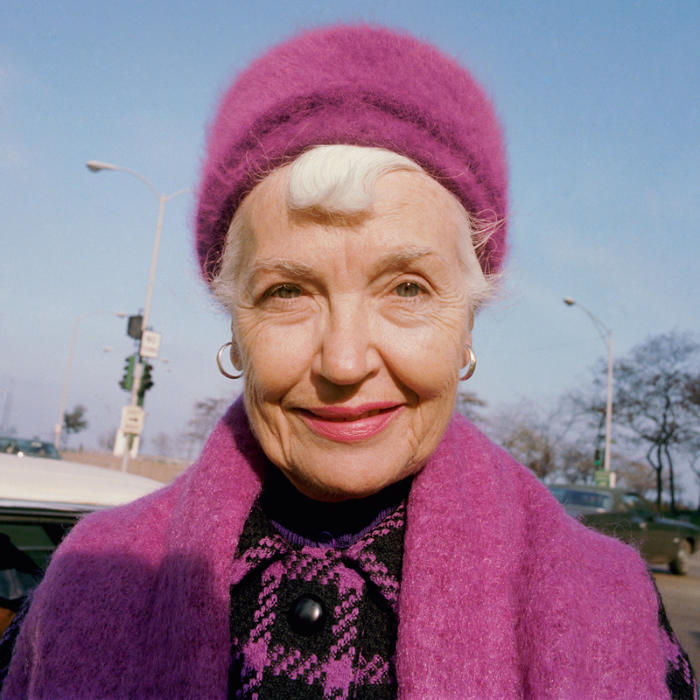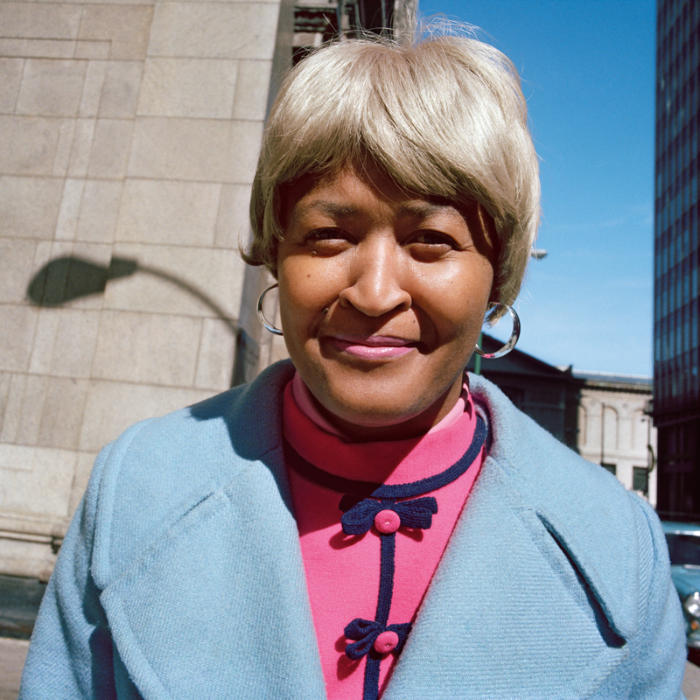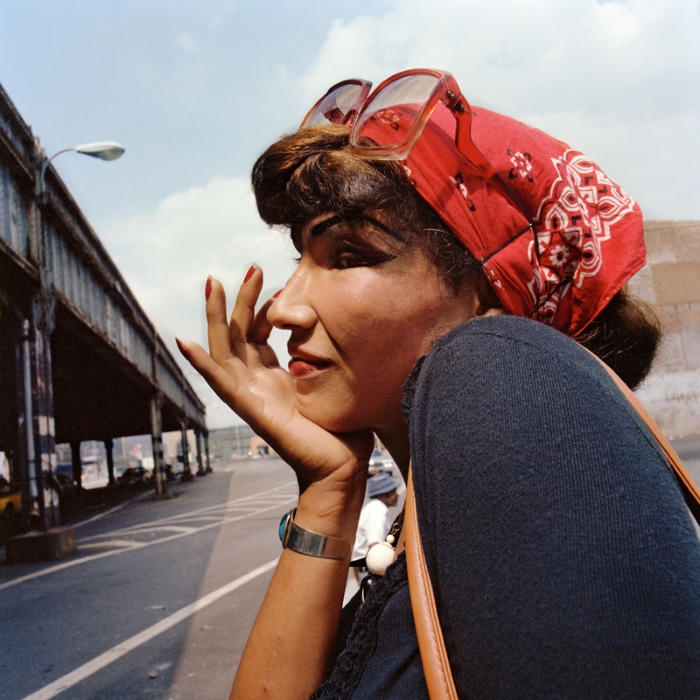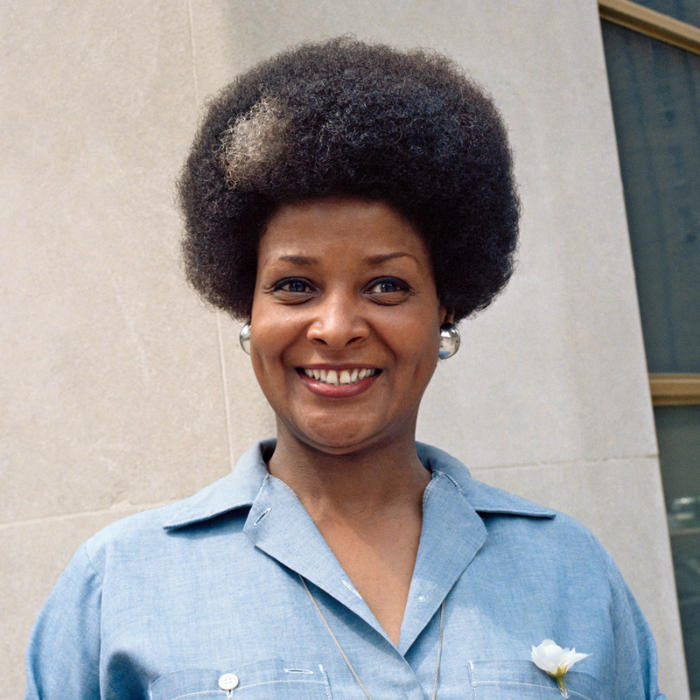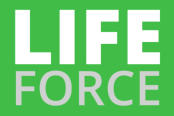

The magazine of the photo-essay

November 2018 back issue


“A free, really high quality photo-essay magazine. Fabulous!”
Stephen Fry. British actor, writer and film maker
by Charles H Traub
“If you stay in one place long enough, everybody passes by. And, truth be known,
everybody wants to be photographed.” – Charles H. Traub Between 1977 and
1980, photographer Charles H. Traub ventured onto the streets of Chicago, New
York, and various European cities to take photographs of their inhabitants at
lunchtime. Colorful and direct, animated and hesitant, the portraits were shot close
to the subjects with a Rolleiflex SL66, composed seemingly off-the-cuff, usually
focusing on just their heads and shoulders. The pictures celebrate the cheerfulness
and whimsy of the individuals Traub approached -- male and female, young and
old. Charles H. Traub: Lunchtime is the first comprehensive publication of these
striking color images, maintaining the cheerfulness and joy of the series which was
exhibited in the early 1980s. The volume’s lively pairings drive us from one set of
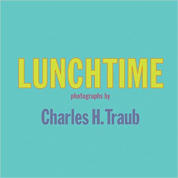
quirks to the next, as we associate one individual with another in a new narrative of the street. “I started photographing
the passing parade of the street, because I knew that if one asked, people were delighted to be noticed, to be
recognized, to be, if you will, preserved by the camera’s witness,” explained Traub. “Today, these images are a remarkable
record of who we once were.” Each subject reveals something of themselves to the camera: the woman who takes the
opportunity to pose in dignified profile or the one who purses her lips in an exaggerated pout, even the somewhat more
bashful subjects caught adjusting their glasses or blinking. If you look closely, some famous faces reveal themselves --
many taken on 57th Street and Fifth Avenue in New York City, “the center of the world” -- including William Holden,
“though it was only after I asked him to stop that I realized who he was”, and well-known photographers Lartigue and Mary
Ellen Mark. “But, generally I avoided the celebrities and the famous. I even turned down Jacqueline Kennedy Onassis,
who once stopped to be photographed. She was the most famous woman in the world!” said Traub. He continued, “My
intention was to draw attention to the distinct uniqueness of everyday people. The power of photography for me is that
it allows me to capture and savor the anecdotes and drama of our humanness.”
